Some destinations are easy to distill and pass through in just a day or two. You hit a few restaurants, photograph the classic spots, and head onward to the next city on your checklist. Cape Town is not one of these places—though many people wrongfully relegate it to bookend status when touring southern Africa. Do yourself a favor and give Cape Town equal weight as a bucket-list safari or a beach-bound visit to southern Mozambique. The greater Cape Town area deserves a more thorough visit—offering travelers everything from free diving, whale watching, paragliding, and surfing to world-class art, bold history lessons, top cuisine, and renowned wine tasting.
Cape Town could pass as a half-sibling of both San Francisco and Rio de Janeiro. Like SF, it offers endless recreation and entertainment options within a short drive—and an ocean far too cold for a casual swim. It can also get as foggy as the city by the bay. In fact, Cape Town and its periphery boast dozens of their own bays along Atlantic and Indian ocean shorelines, making for a mélange of microclimates. Like Rio, Cape Town’s verdant postcard beauty is its signature, with dramatic grades rising above wrapping coasts. And while largely safe by day, Cape Town still requires some extra caution come nightfall.
How you divvy up a trip to the “Mother City” depends on your recreational tastes. Here are six varied approaches to Cape Town that will cover several core interests and geographical areas, along with a top hotel to stay in each spot.
Planning Your Trip to Cape Town
I approached my Cape Town itinerary from a couple of angles, giving me a terrific combination of experiences. First, I relied on many of the banner tour options on the Get Your Guide Cape Town landing—like the Cape Town Official City Pass, which gives you entry into most of the cornerstone museums and attractions (80 places in all, including the funicular up to Table Mountain). There’s also a marine life kayak tour, Cape Malay cooking classes, and paragliding option, among dozens of offerings.
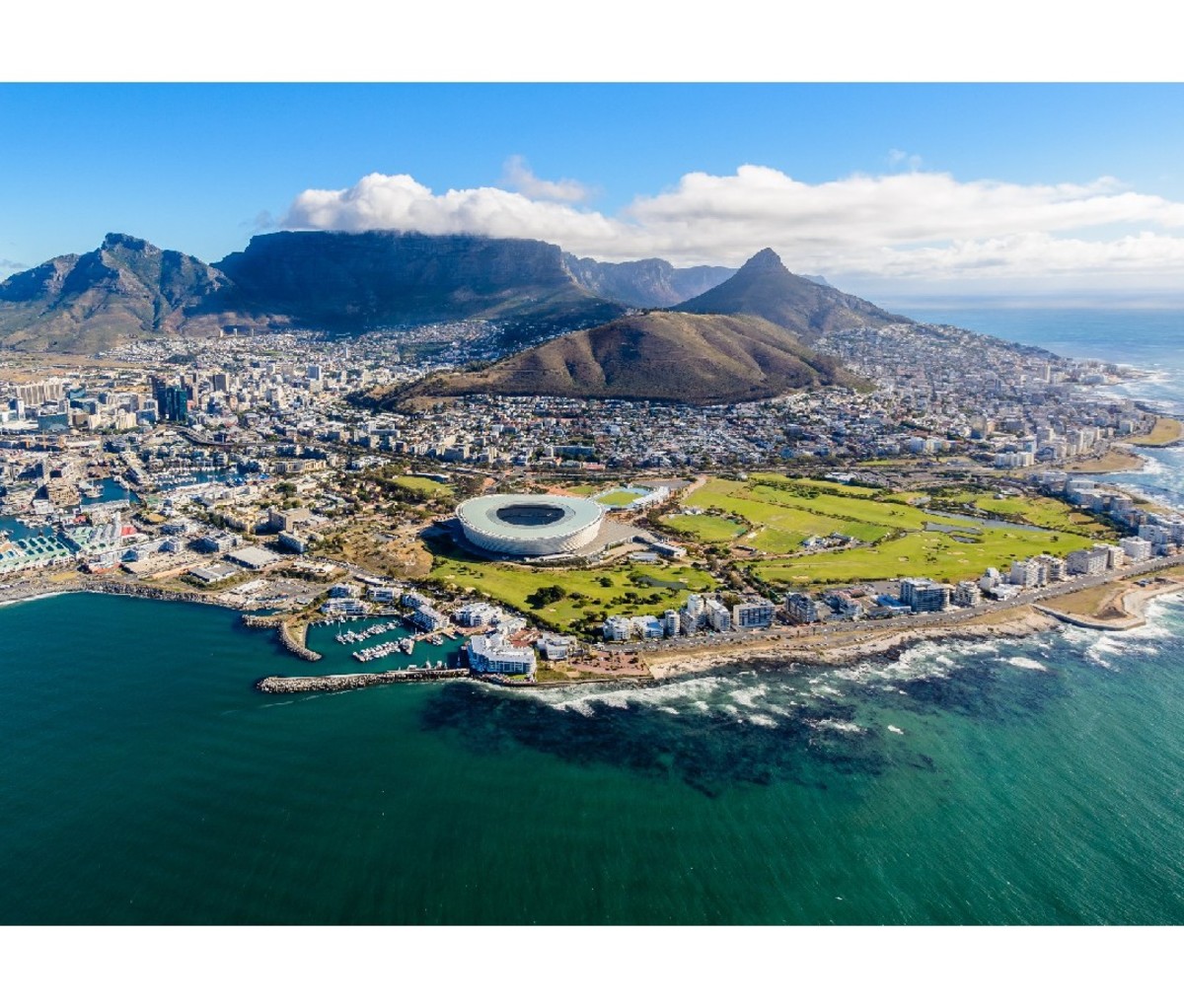
For much of the journey, I opted for bespoke services. Extraordinary Journeys is responsible for many of my trip’s legs, from private tours of the winelands and the southernmost shores—from Hout Bay to the Cape Peninsula, and from penguin-populated Simon’s Town to the beaches of Muizenberg. Travelers can work with Extraordinary Journeys (across the globe, not just in South Africa) to build any level of itinerary based on a planned budget and set of interests. Think of them as connectors, offering unparalleled access and experts on the ground who know the best match for your tastes. Many of the spectacular hotels across the Cape on this roster came from the company’s recommendations too.
Getting Around Cape Town
Cape Town is neither a pedestrian’s town nor a shining example of easy public transit. Unless you want to deal with the expense and hassles of car rental, I’d suggest relying on Uber and taxis. During the day, walking around the city is quite safe. It’s just that it’s a huge city. The Greater Cape can take an hour or more to cover by car, so you’ll be heavily relying on vehicular transit.
If you do Uber, then get comfortable with the app’s “Schedule Ahead” feature, which will promise a driver to be waiting for you some five-to-15 minutes ahead of your designated pickup time. A major time-saver, the upcharge for this feature will run about five or 10 bucks to get most anywhere in the entire Cape region. Anything further out, like coastal Hermanus or the winelands of Stellenbosch and Franschhoek, is easily reached with a private car transfer.
Where to Go and Stay in Cape Town
Divide your visit to Cape Town into the following regions—some of them much more sprawling than others since they go beyond Cape Town itself and deeper into the province of Western Cape. Ideally you can combine many of them, if not all, for a comprehensive visit. If you only have a couple days, stay focused on the City Bowl itself (the “bowl-like” city proper that is bordered by the natural walls of Signal Hill, Lion’s Head, Devil’s Peak, and Table Mountain). From there, you can add on the peripheral destinations and activities.
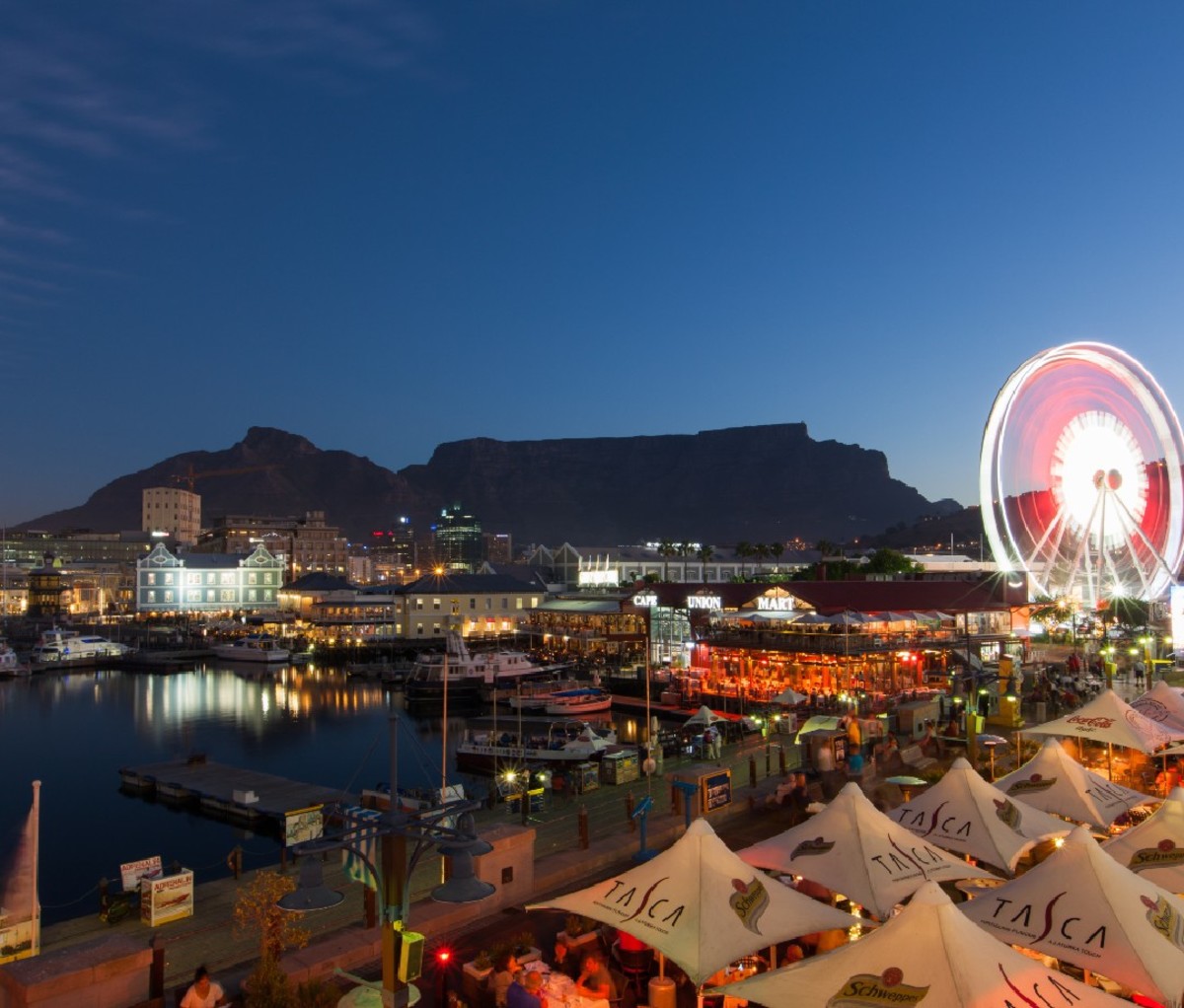
Victoria & Alfred Waterfront + Silo District
The city’s pedestrian-friendly harbor and the neighboring Silo District share an “industrial-turned-cultural haven” feel. The former draws throngs of tourists and is where you’ll take the ferry to Robben Island to see Nelson Mandela’s former prison cell. The area’s best draws include the Watershed, showcasing over 150 shops and hundreds of artisan brands. Here’s where you can pick up some fresh threads or terrific souvenirs, from ceramics to textiles.
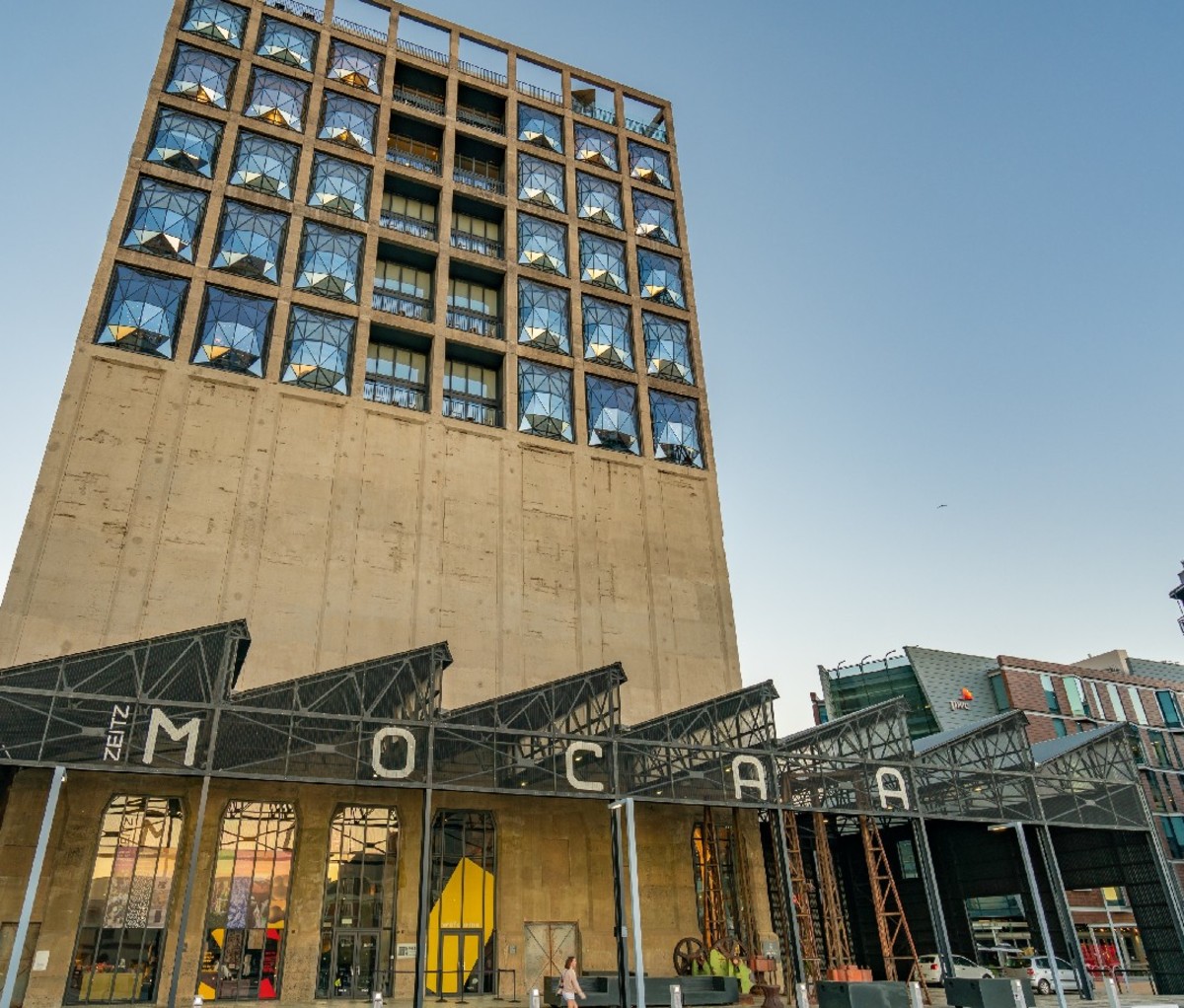
Also essential is a visit to Zeitz MOCAA (Museum of Contemporary Art Africa), which showcases what is arguably the world’s best collection of contemporary art from around Africa as well as its diaspora. Picture 42 concrete tubes—each over 15 feet wide and 100 feet tall, comprising a century-old grain silo complex—and you’ve got your framework for the museum itself. Add to your to-do list the Cape Town Diamond Museum, the Oranjezicht City Farm Market (open Wednesday nights and Saturday/Sunday), and dozens of activities afloat that launch from the marina. While the Waterfront has a reputation for being over touristed, this also makes it one of Cape Town’s safest, most heavily-surveyed neighborhoods after dark.
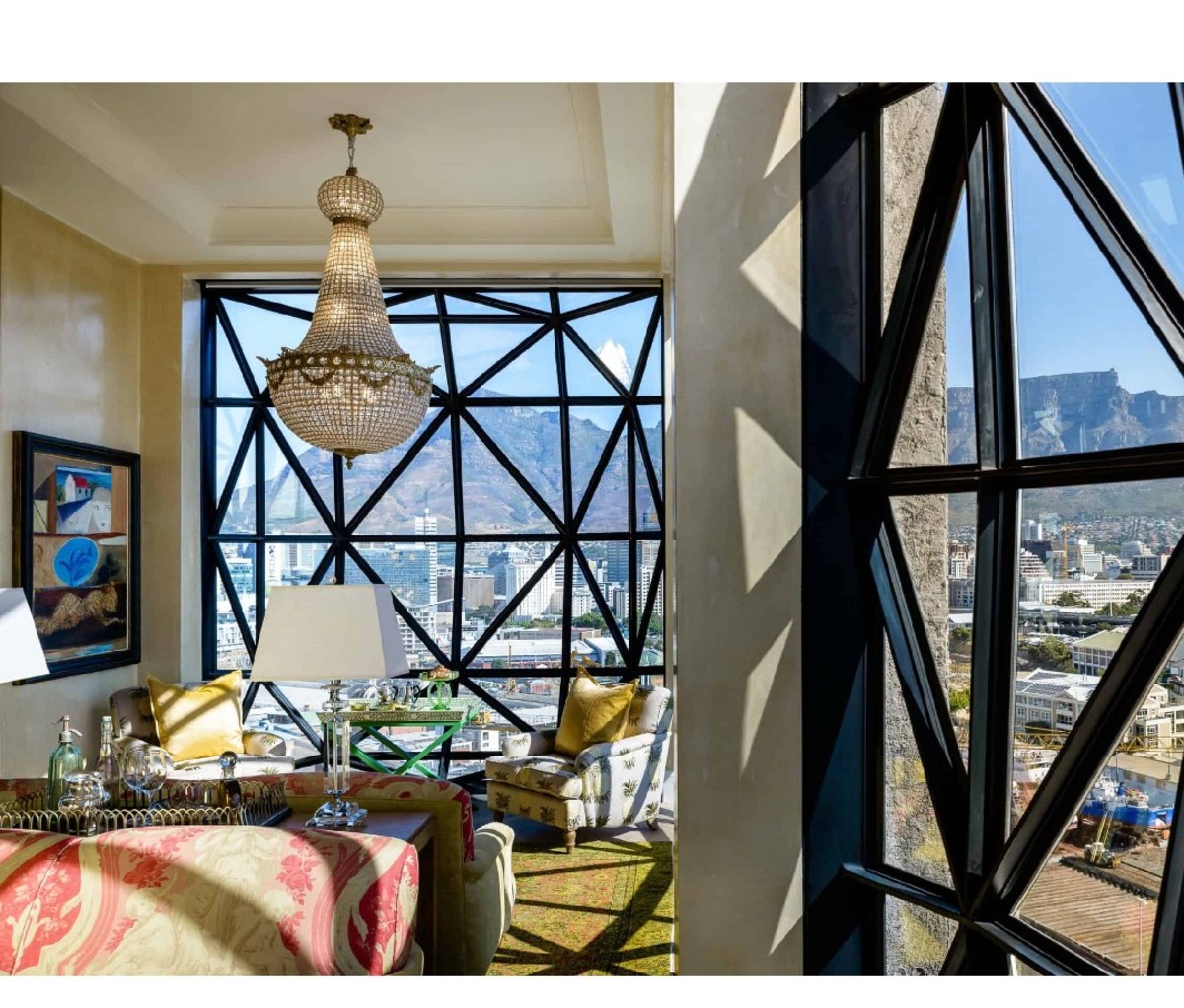
Where to Stay Near the V&A Waterfront: The Silo Hotel
In this corner of Cape Town, The Silo Hotel soars above the other hotels in every sense. Resting atop the Grain Silo building that also houses Zeitz MOCAA, its multi-story convex windows are unmissable in the skyline. As a guest, you get the humbling experience of watching the city come to life and wind down through this same pillowed glass, with panoramic views from bed and bathtub alike. We loved watching the signature foggy “tablecloth” slowly blanket Table Mountain in the evening.
There are just 28 rooms in The Silo, each uniquely outfitted in owner Liz Biden’s signature bright, bold aesthetic. Over 300 pieces of art, largely from young and budding African artists, complement Silo’s shared residence with Zeitz MOCAA. Ask about a tour of the Silo’s art vault from onsite Art Concierge Irene Bonaventura, who is also bookable for private Zeitz walkthroughs. The hotel’s Willaston Bar and rooftop rank among the most in-demand spots in town for a cocktail or nightcap—given the height, view, and prime location in Cape Town’s most vibrant district.
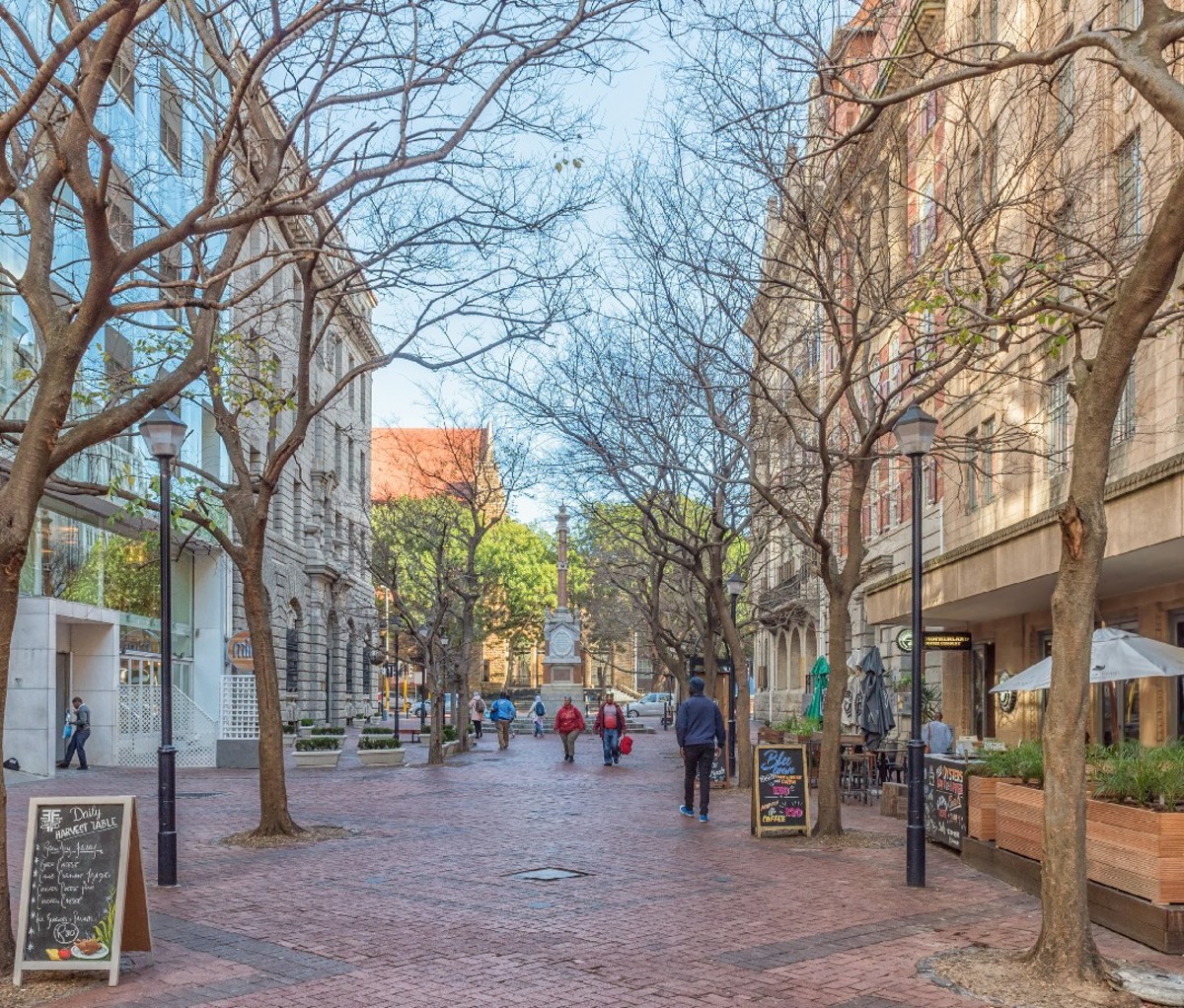
The CBD/Central Business District + Kloof Street
In the heart of the City Bowl, the CBD is where you can eat your way through Cape Town’s best food while also getting a history lesson. Key stops in and adjacent to the city center should include the Iziko Bo-Kaap Museum in the colorful Bo-Kaap neighborhood—a former home which highlights the influence of Islamic cultural and heritage after the abolition of slavery. This neighborhood anchors the region’s Malay, Indian, Indonesian, and Sri Lankan residents, and was where these residents were forced to reside during apartheid.
Nearby is the equally essential District Six Museum, commemorating the 60,000 Black residents who lost their homes when the district was razed for white occupation during apartheid. Be sure to visit Iziko Slave Lodge for exhibitions on human rights and the history of slavery in Africa. You can also take one of the city’s Free Walking Tours, meeting every day of the year in the CBD Church Square. No reservation is required. Just show up for the tour of your choice in time, and be sure to tip your guide. Also visit the Castle of Good Hope, the country’s oldest colonial building which served as a 17th-century bastion fort. And don’t leave out the 470-year-old Company’s Garden, the nation’s oldest gardens, bordered by the national parliament, national library, South African National Gallery, and more.
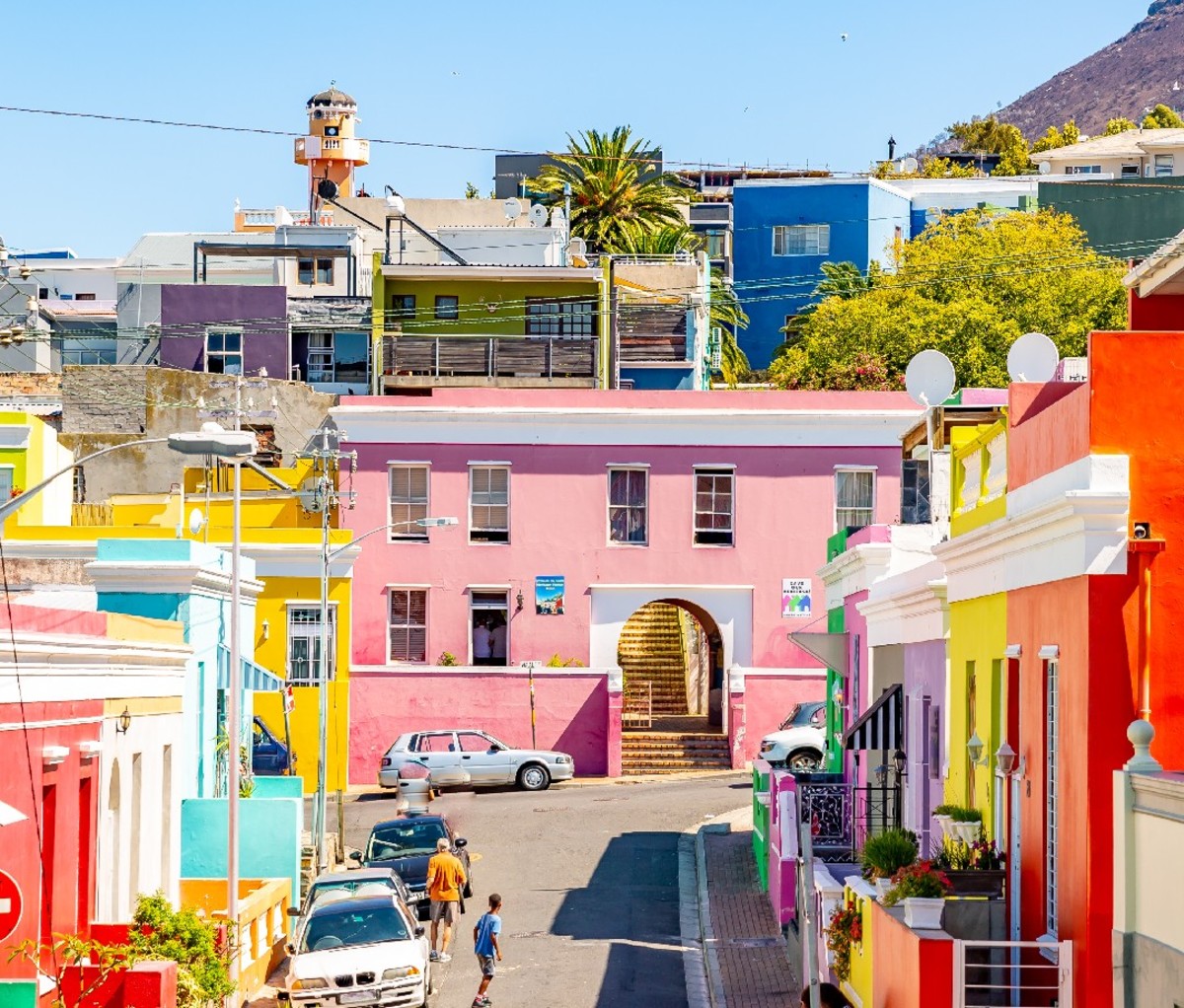
In and around the CBD is also where you’ll find Cape Town’s best restaurants. In the Garden neighborhood, Kloof Street and its offshoots offer several great options, from regional fare at Black Sheep to tapas-style Indian at Thali. The Victorian brasserie Kloof Street House is a favorite from brunch to dinner. In the heart of the CBD is the name on everyone’s lips—FYN. Its tasting menu consistently ranks it among the world’s 50 best restaurants. For foodies, it is the reservation to secure. For a great food tour in the area, book with Eat Like a Local.
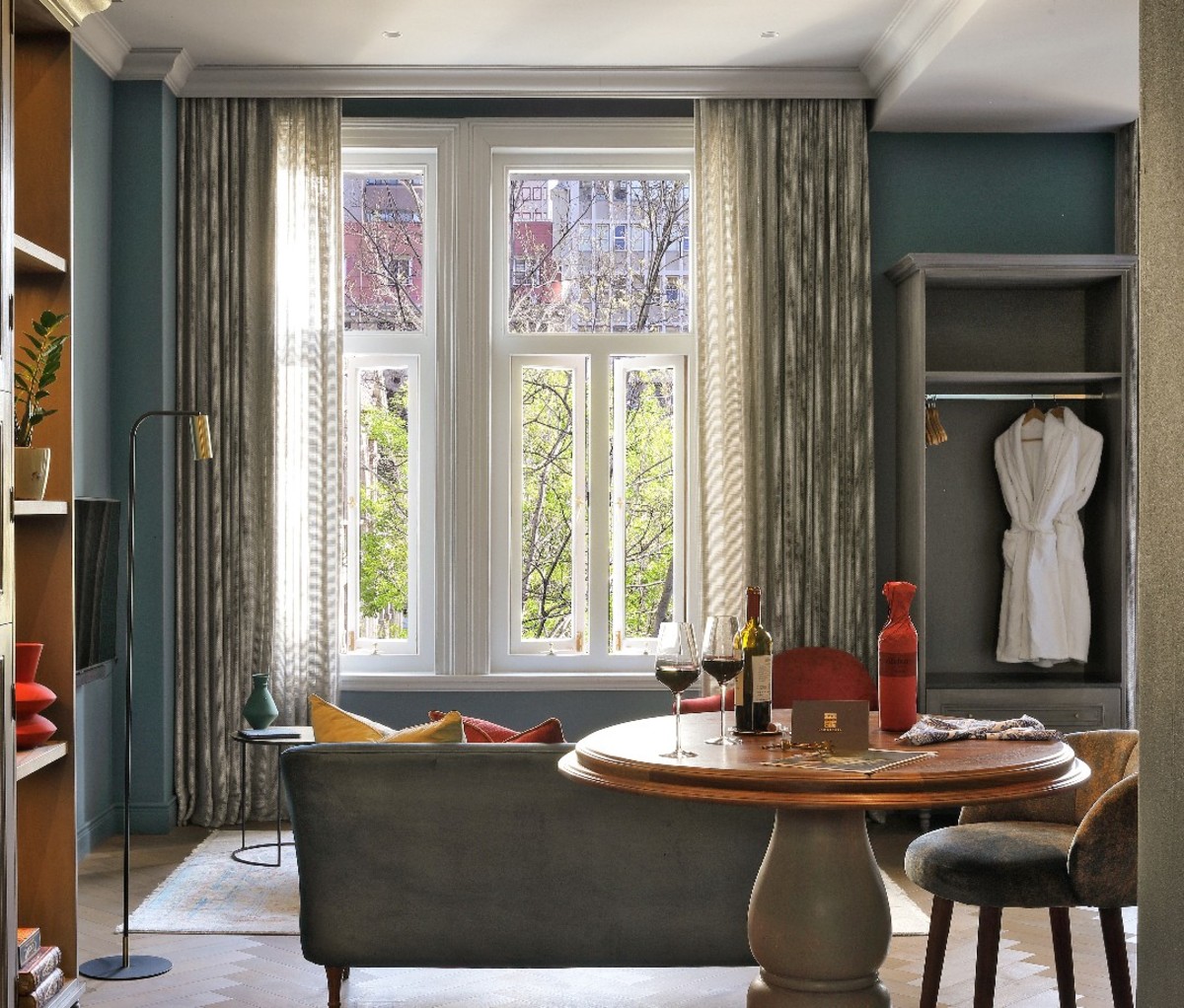
Where to Stay in Cape Town CBD: Labotessa Luxury Boutique Hotel
The seven-room Labotessa Luxury Boutique Hotel is as home-away-from-home as a charming hotel gets. Labotessa is the eye-catching gem of Church Square, in the former governor’s residence (and second-oldest residential building in the country). The story here centers on Dutch-South African hotelier Johan Du Plessis, who opened over 100 hotels around the world for Andaz before renovating this storied space as his first Labotessa outfit.
His hospitality experience is felt in all of the details. Our room’s “minibar” is actually functional, with a sink, microwave, and water boiler. You’ll enjoy Smeg appliances, private balconies, yoga mats, and pillows of all firmness ratings—and that’s all before you encounter the beautiful marbled bath details with splash tiling and Diptyque amenities. Labotessa is also equipped with the city’s only Diptyque boutique on its ground level entry, adjacent to its bustling eponymous cafe.
If you’re traveling with friends, family, or for business, consider the two-story penthouse suite, furnished with a private plunge pool, expansive balcony overlooking the square, three bedrooms, and a kitchen/hosting area that could double as a Nancy Meyers set.
Regardless of the suite you choose from the seven available, nothing feels cooler than tapping your key in the elevator and having it open directly into your suite. Watch for more from Labotessa in coming years—worldwide, too—as this is just the beginning for Du Plessis and his team.
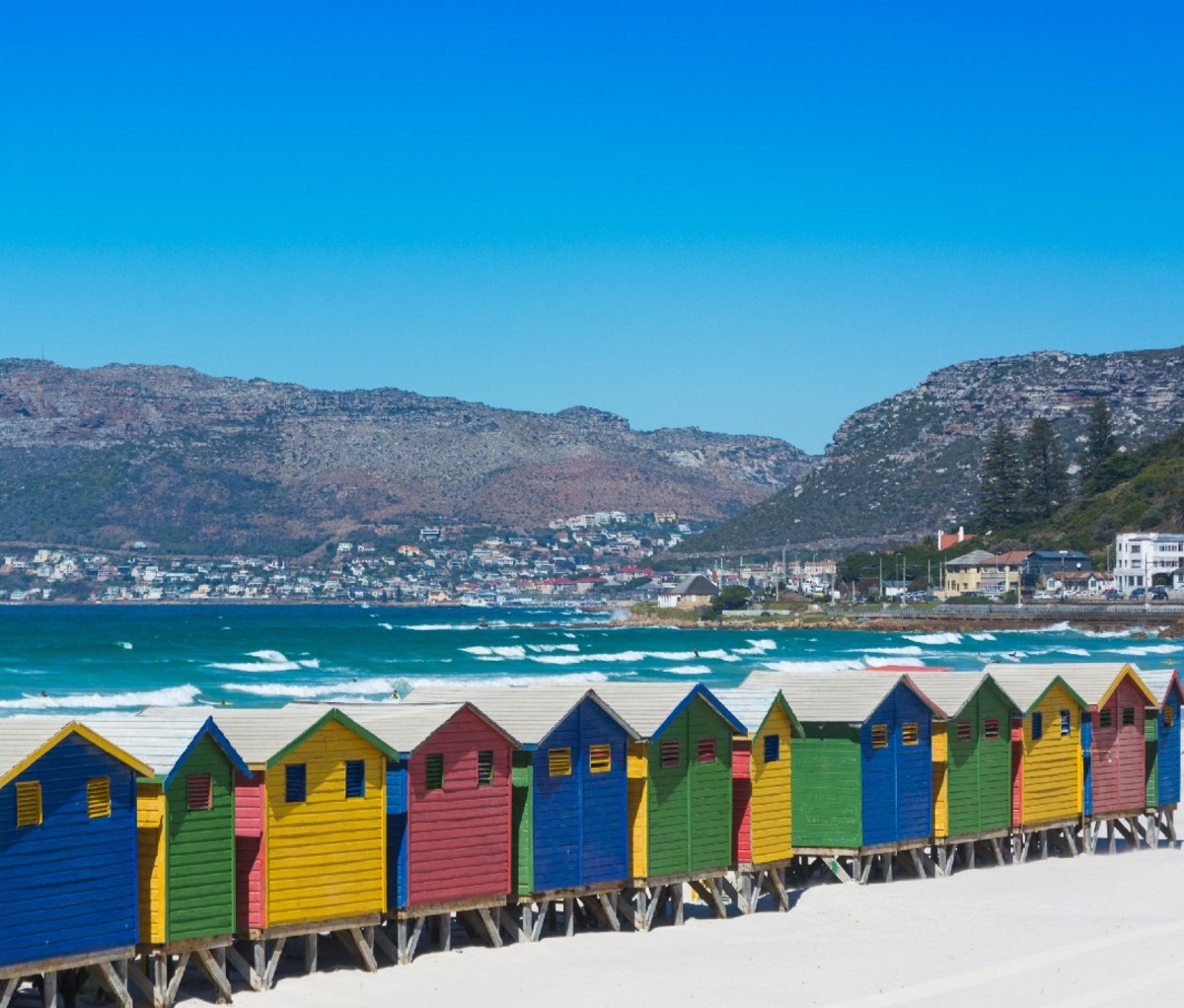
Outside (and Above) the City Bowl
Beyond the City Bowl is where you can really sink your teeth into the Cape’s recreational activities. You can keep it as simple as a beach day on the Atlantic shore—featuring the four Clifton beaches, Camps Bay, and Scarborough Beach. On the Indian shore, you’ve got the tide pools along Simon’s Town, Fish Hoek, Muizenberg, and beyond. The Cape waters are famously choppy and cold, but hugely popular with surfers, kite surfers, wind surfers, and free divers. The best surfing is out of Muizenberg in the south and Scarborough in the west. As for diving, you’ll find a variety of reefs, rocky shores, kelp forests, and sandy bottoms. Head to False Bay for the best diving companies in the area, starting with Pisces Divers.
Among the highlights on our visit was the New Frontiers tour of the Cape Peninsula that we arranged through Extraordinary Journeys. It covered the coast of False Bay in the south—from the painted beach huts of Muizenberg to the penguin-populated rocks of Boulders Beach. It then continued on a drive and hike across the peninsula, where we spotted ostriches darting along the ocean shore and experienced the Cape Floral Kingdom, the world’s smallest of six botanical kingdoms that occurs almost entirely in this corner of South Africa. A windy hike atop it all—overlooking both oceans—earned us a private picnic lunch and gelato outside of cozy seaside Scarborough.
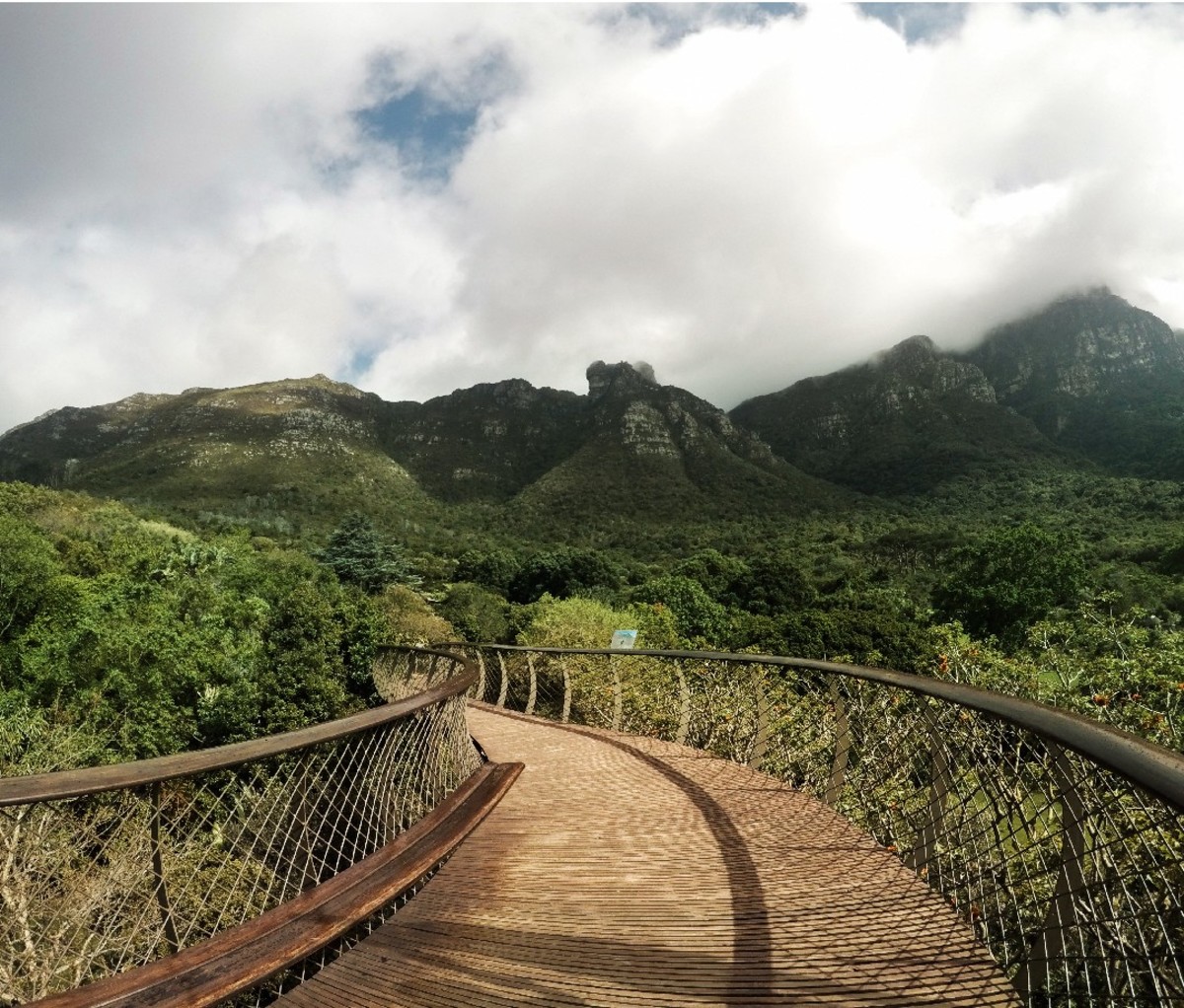
Hikers, cyclists, and climbers will find no shortage of options along the bowl periphery, ringed with over 100 named mountains in the city alone. Of the two primary postcard options, Lion’s Head and Table Mountain, it is the former that provides an easier grade for casual hikers, while the latter gives you the highest point and best views. Both options give rock climbers a good workout and also rank highly with local cyclists, along with Signal Hill.
Lastly, don’t forget to visit the world-class Kirstenbosch Botanical Gardens, for a hilly, verdant, panoramic walk along Table Mountain’s eastern face among over 7,000 plant species.
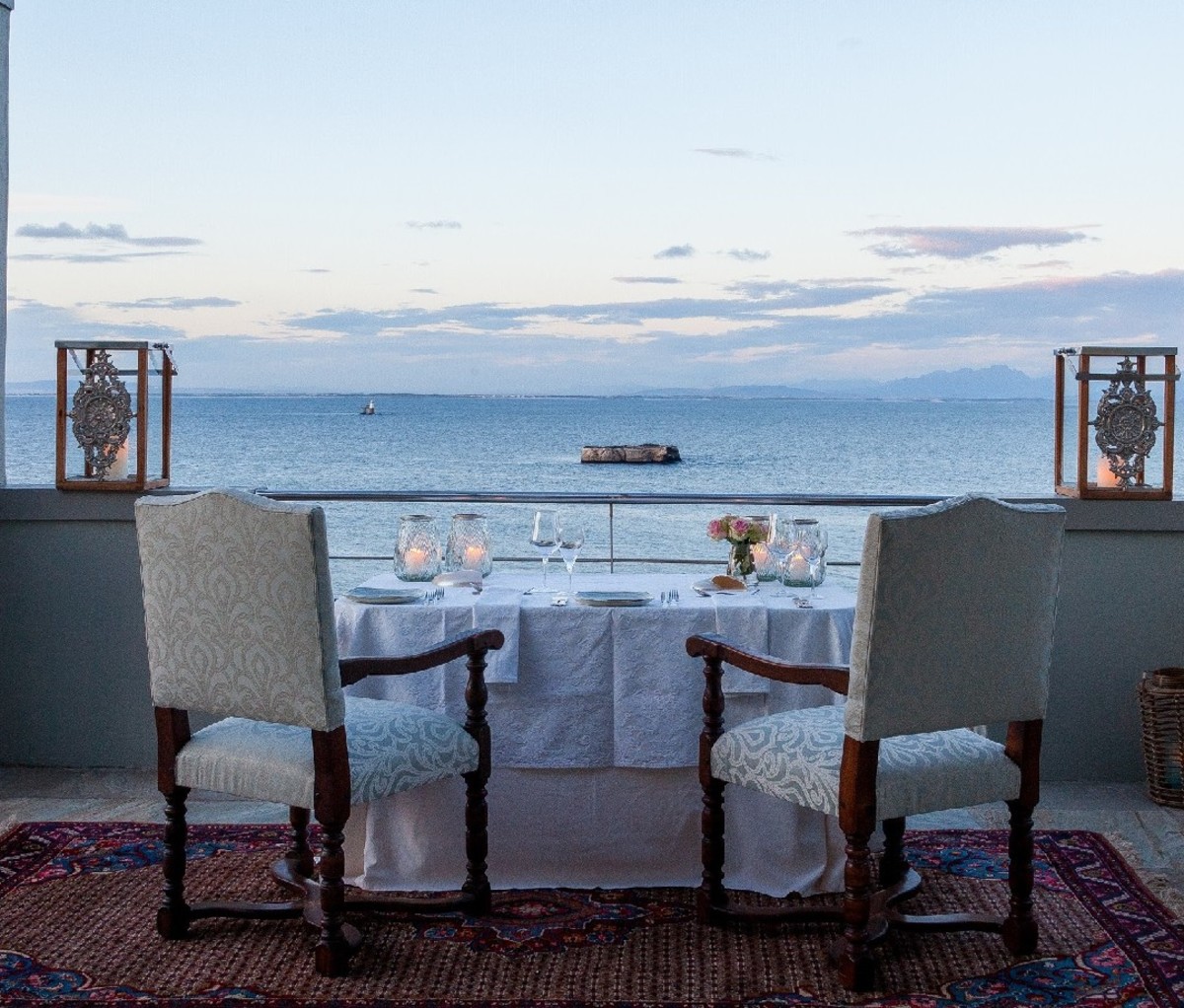
Where to Stay Near Cape Peninsula: Tintswalo
Stay along either ocean face of the Cape periphery—and better yet, choose from either of Tintswalo’s tucked-away locales. The 5-star Tintswalo Atlantic, a respite in Hout Bay on the western shores, is also revered for its 4-course tapas eatery, Chefs Warehouse. The cozy 4-star homestead that is Tintswalo at Boulders hugs the southern/Indian shore, overlooking the penguin residents of Simon’s Town.
We chose the latter for a couple nights, which made it easy to access the beach towns that populate the southern coastline, as well as the Cape Peninsula itself for our nature hike there. The Boulders hotel feels like a B&B, gated off and tucked among local residences. You’ll dine with a view of blue expanse and retire to a sumptuous suite and private patio. No surprise, we had some of our soundest nights of sleep here, lulled to bed by the ocean waves and breeze.
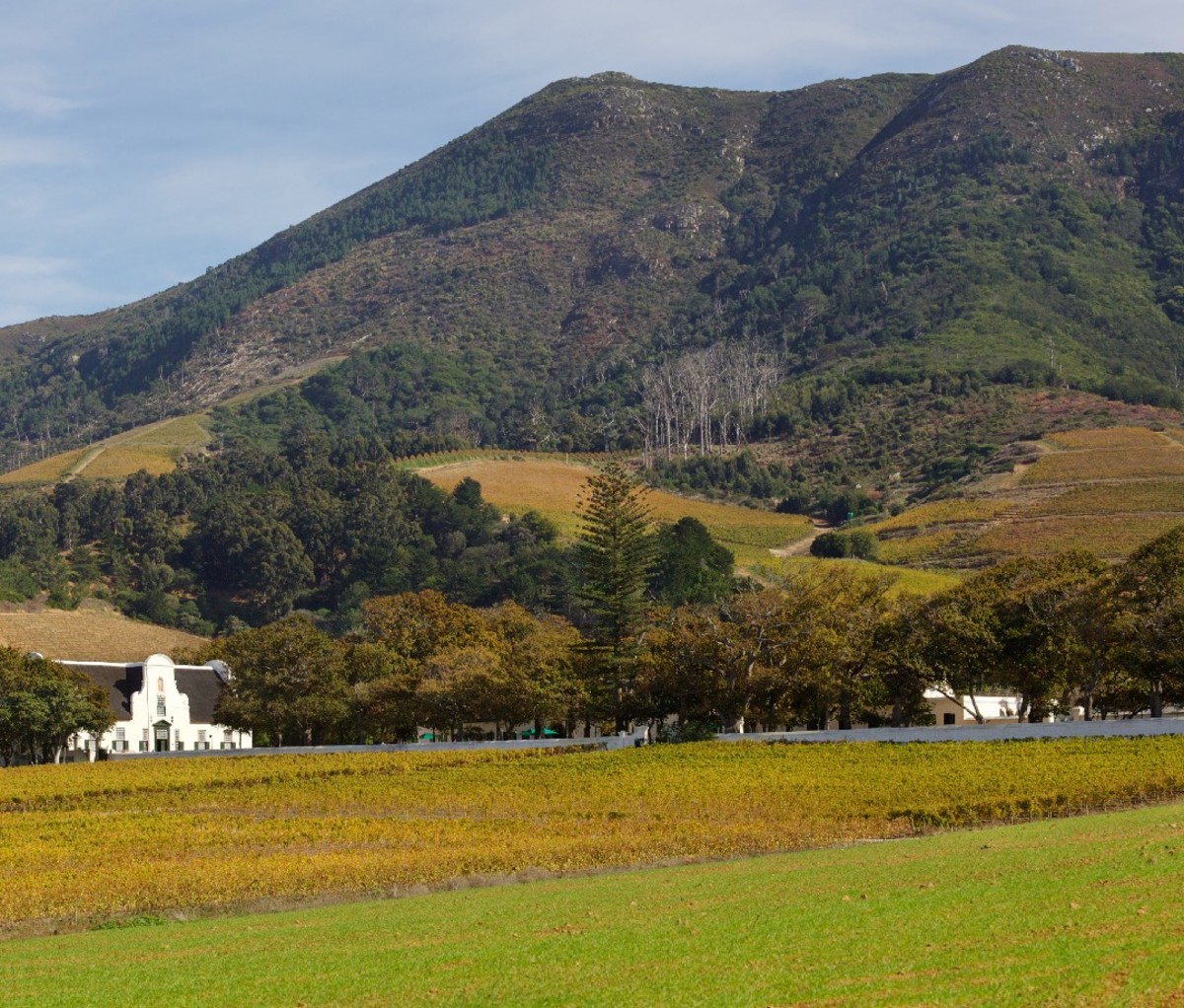
Constantia
Tucked away at the southeast face of Table Mountain, city suburb Constantia is perhaps most famous for its storied, centuries-old wine route. The greatest legacy lies with Groot Constantia, founded in 1685.
Lately, Constantia’s tucked-away locale makes it a prime spot for wellness retreats and sanctuary homestays. If you want to rebound from jet lag or prepare for your long flight out—or simply spend a few days unplugged among verdant trails, yogis, and thoughtful menus, then plant yourself in Constantia for a couple nights or more.
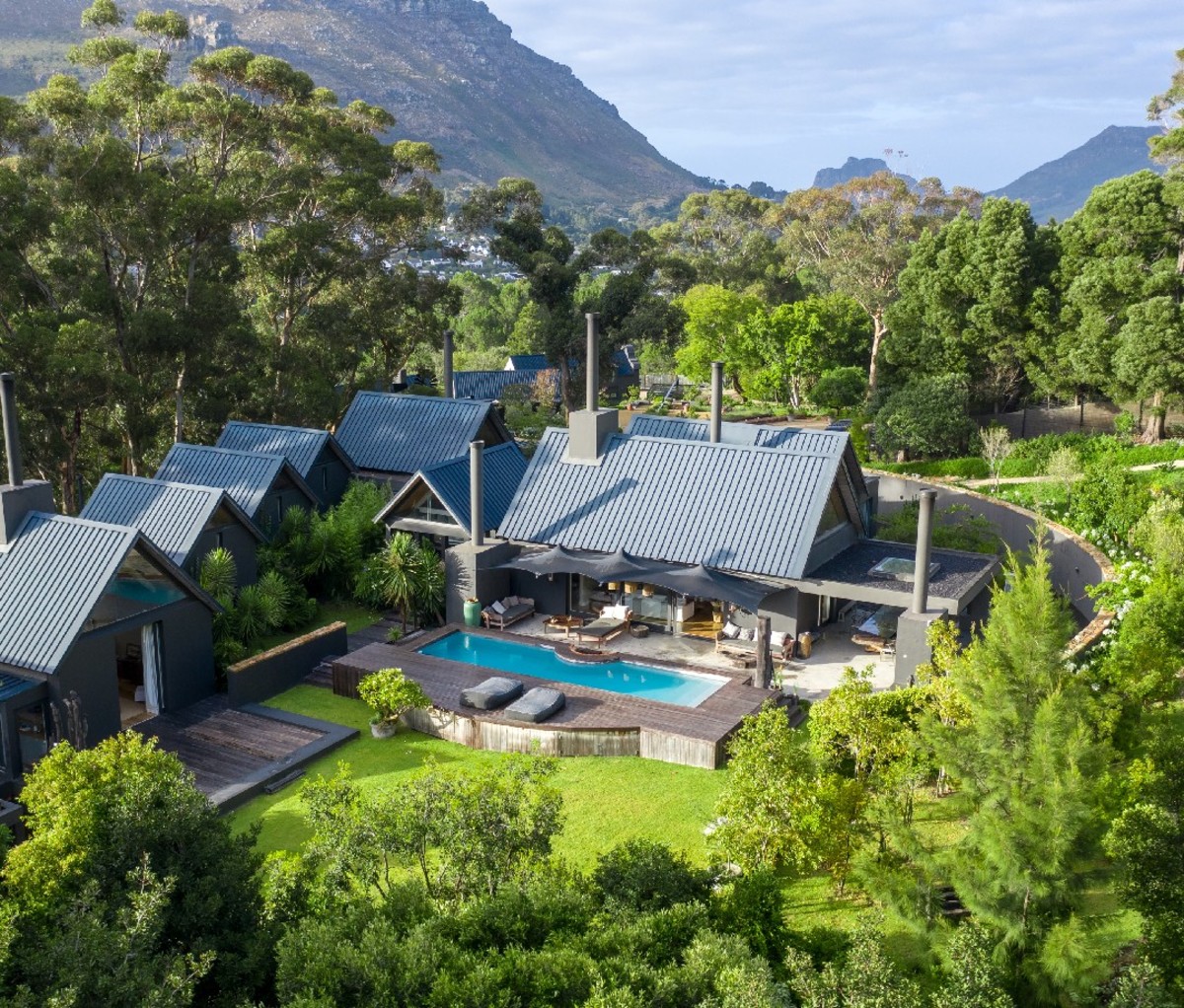
Where to Stay in Constantia: Future Found Sanctuary by Time + Tide
Future Found Sanctuary by Time + Tide, which opened in summer 2022, is a seven-acre Constantia estate founded by American retail executive Jim Brett—formerly head of J. Crew, president of West Elm, and Head of Home at Anthropologie. Brett’s eye for aesthetics permeates both onsite villas (together comprising nine suites), which include dedicated “butlers,” made-to-order breakfasts, and beautifully adjourned shared living quarters. Stately suites are appointed with private offices, oversized closets, his/hers bathrooms, plus private balconies to soak up the awe-inspiring sunsets.
Best of all are the many activities offered here. It all starts before your arrival, when you plan a wellness itinerary with the Director of Wellbeing, Romy Paull. From her menu you can choose between private yoga, nature hikes, biokineticist readings, sound healing, tai chi, personal training, hammam, kinesiology, and massages. There are also onsite pools, (very) cold natural spring pools, and private theaters one can rent for the late-night streaming.
We found few reasons to leave the property during our stay—and a quick Uber into Hout Bay made for easy dinner options. I also perfected some core workouts thanks to my biokineticist assessment—with results and workout recs emailed to me for at-home upkeep—and am enjoying better posture to this day.
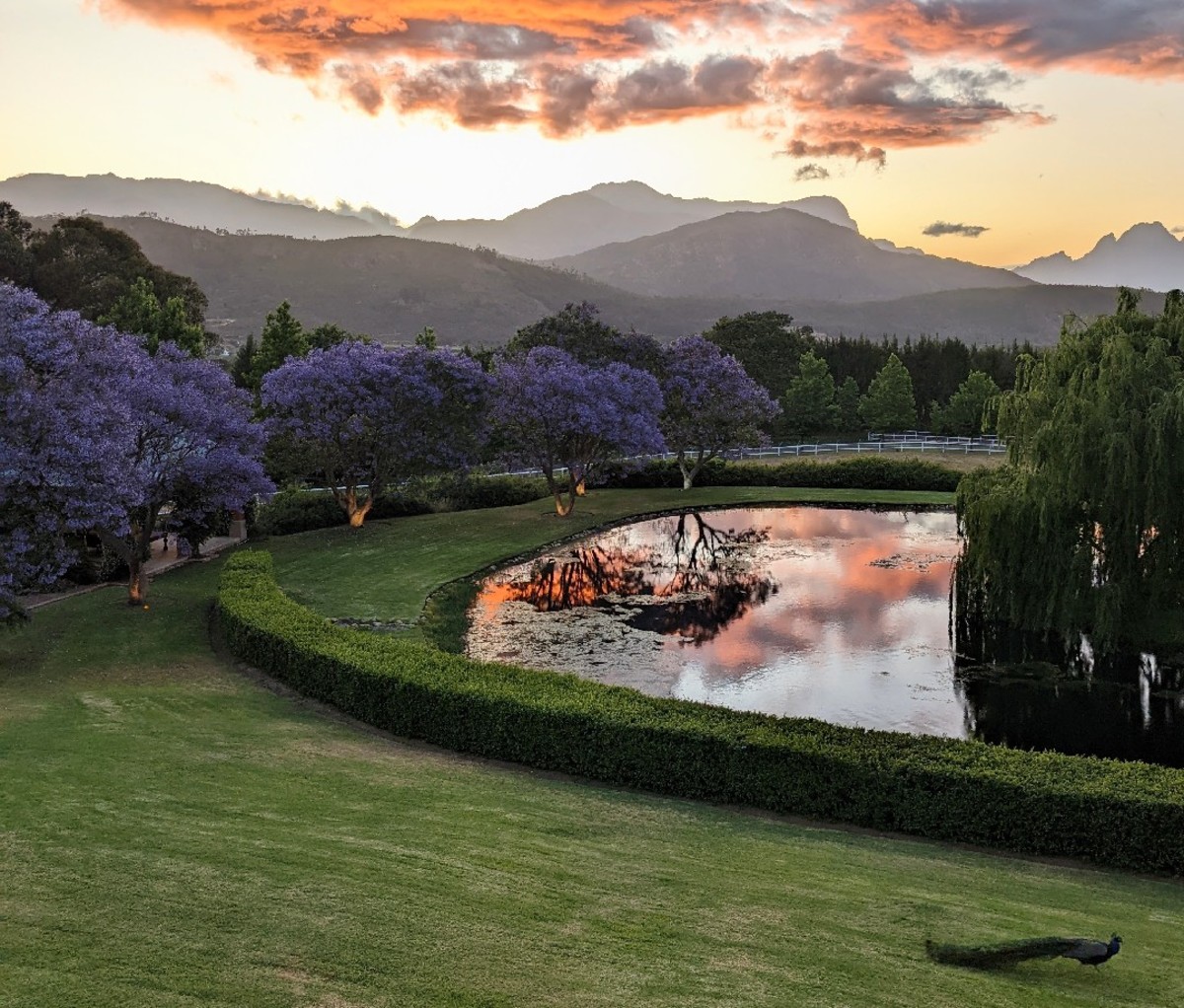
Cape Winelands: Stellenbosch and Franschhoek
Will it be Stellenbosch or Franschhoek? Both wine country hubs are an easy drive east from the Mother City. Some 90 minutes and you arrive in either breathtaking valley, known for their unique terroir and soil diversity—and hence a wide range of wines.
Stellenbosch is South Africa’s oldest wine route, beating Constantia by a mere six years, and dating back to 1679. Franschhoek followed soon thereafter in 1688. The two regions are also towns, but to make things even more confusing, Stellenbosch is also a municipality that contains Franschhoek, and Franschhoek the town is sometimes known by its other name, Huguenot.
Stellenbosch has more of a reputation for drawing crowds, likely due to its greater size and its slightly closer proximity to Cape Town. It’s also a university town, which gives Stellenbosch proper much more of a city bustle than its quieter neighbor. But you aren’t here for the towns themselves. You’re here for the wines—and, by and large, you’ll find the same range across them both. Stellenbosch is credited with birthing the hybrid grape Pinotage, though the varietal is found in both valleys, as are chenin blancs, smooth (not too buttery) chardonnays, and cabernets. Stellenbosch is a banner for merlot and Bordeaux blends, too, while Franschhoek is a master of shiraz. Somewhere through your steady pours, make a toast with Cap Classique, the famed bubbly brut of South Africa. Look for MCC, or Methode Cap Classique on menus or wine maps.
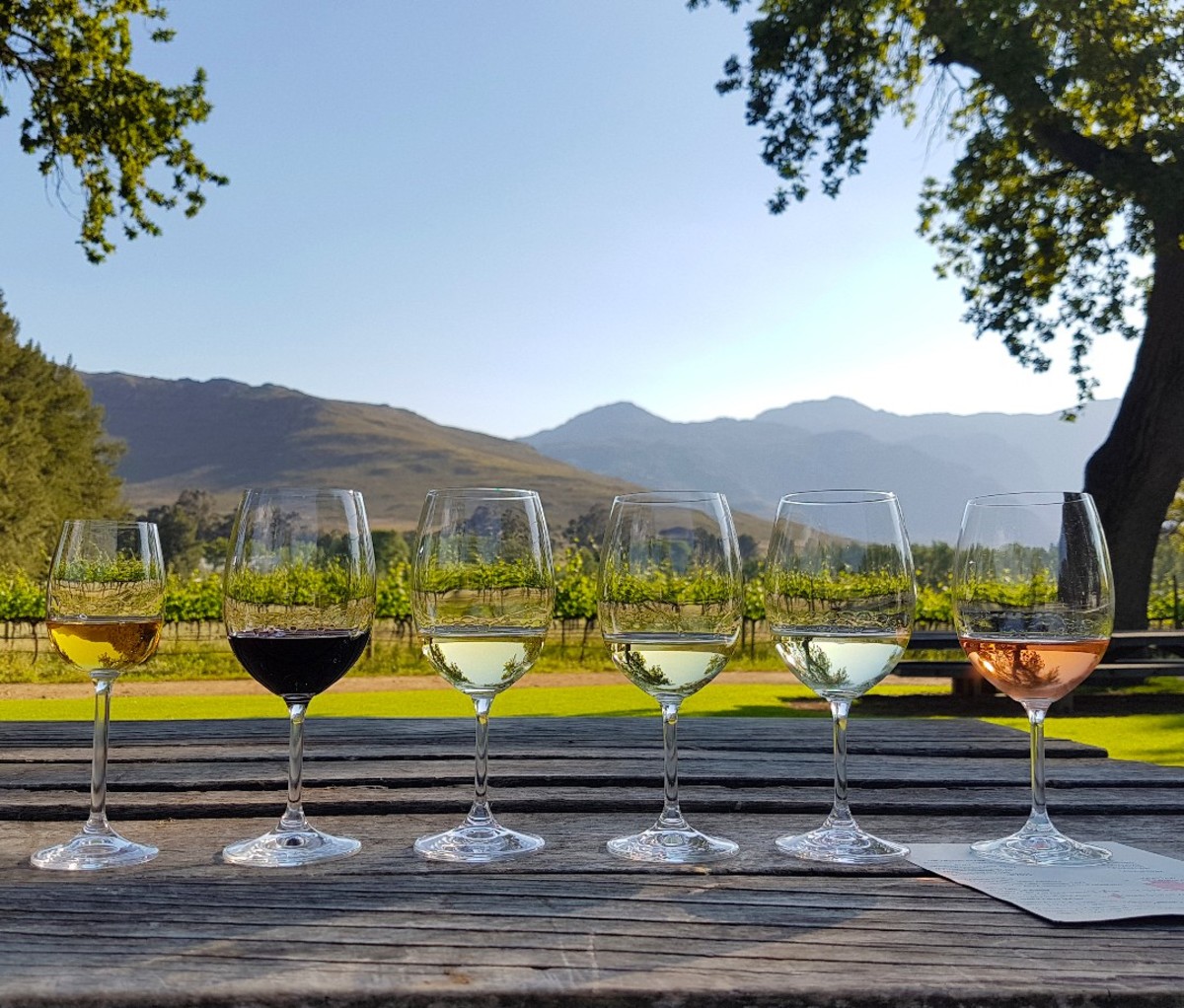
As for the best vineyards to visit on a tasting tour, we could point you in every direction. Here’s a narrowed-down list, with the help of a custom itinerary with former restaurateur Dominic Dear of Art Trip in Franschhoek (coordinated by Extraordinary Journeys), touring the entire region and tasting the range of offerings from smaller producers. Everything from Stony Brook and the Cap Classique from Le Lude were the highlights. Boschendal is the biggest draw in Franschhoek, and thus draws bigger crowds. In Stellenbosch, Waterford Estate and the bubblemaster J.C. Le Roux rank highly among visitors, while De Meye and Keermont are terrific smaller options.
Always be sure to check if your destinations require appointments for tastings. In general, if they do, it’s likelier to be quiet and more intimate—and with vineyards backdropped by mountains, that tranquility is invaluable.
Don’t overlook the recreational and cultural options in the region either, from cycling, hiking, and horseback riding to gallery hopping and garden gazing—whether the botanical or sculpture variety.
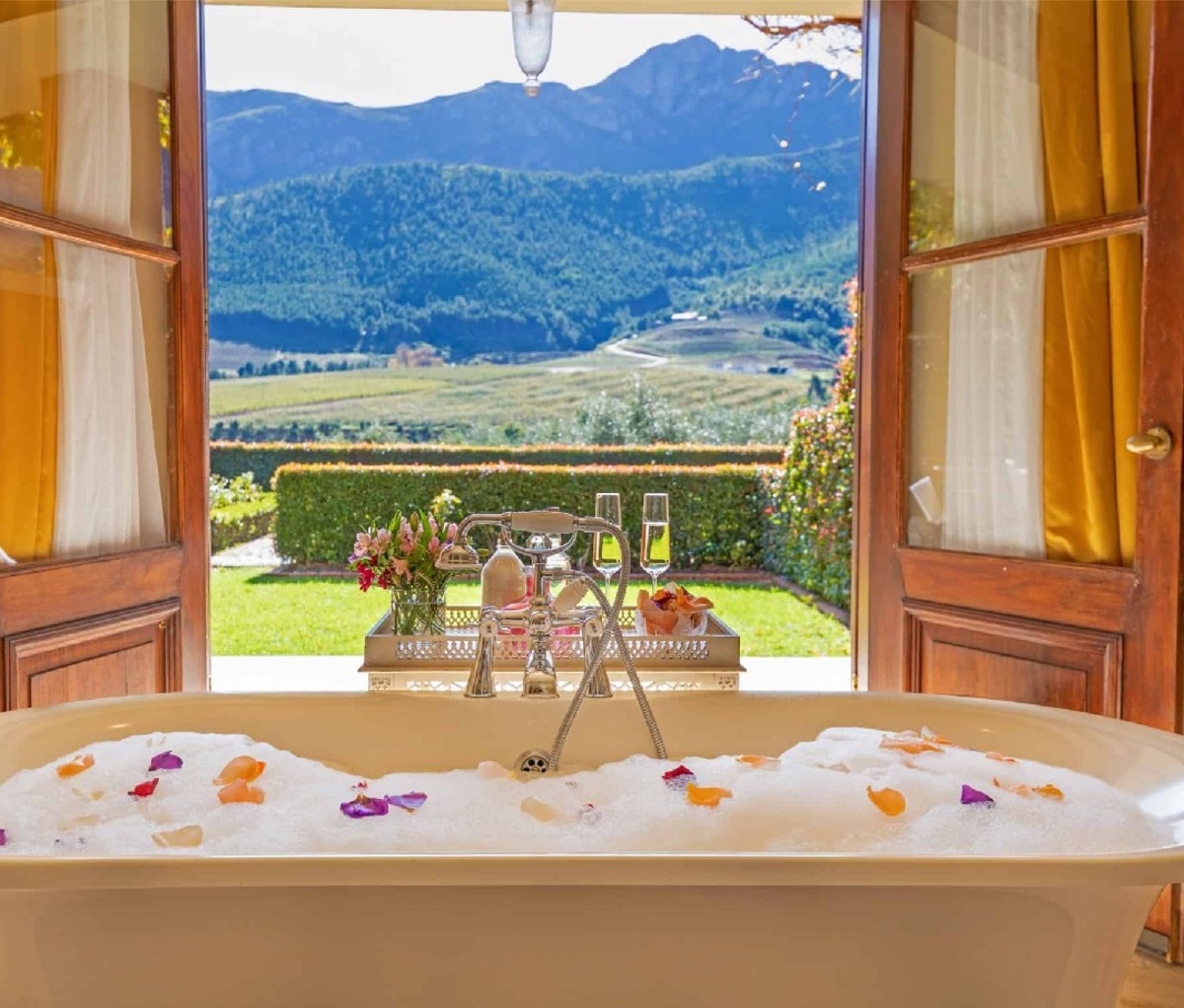
Where to Stay in the Cape Winelands: La Residence
Many estates offer both tastings and accommodations, but if you’re staying overnight, you ought to seclude yourself from the daytime crowds. Choose La Residence in Franschhoek, a private 30-acre estate with a handful of suites that stare into the infinite mountain relief. There’s endless wine on demand, obviously, and you can take a stroll through the estate’s vineyards, past the miniature ponies, chicken coop, and goat brigade. If you’ve never felt like Marie Antoinette, then hold onto your head, because this feels like every person’s Versailles fantasy come to life. The opulent Victorian rooms truly feel like an interior design editorial spread.
La Residence’s driver can shuttle you into town or to nearby tastings, if you’re even interested in leaving the comfort of their onsite pool, spa, and peacock-populated estate. (Yes, peacocks will pop up outside your balcony or even in the stairwells.) We ate both of our dinners onsite, since the menu evolves with the day and always pairs well with a signature La Residence bottle.
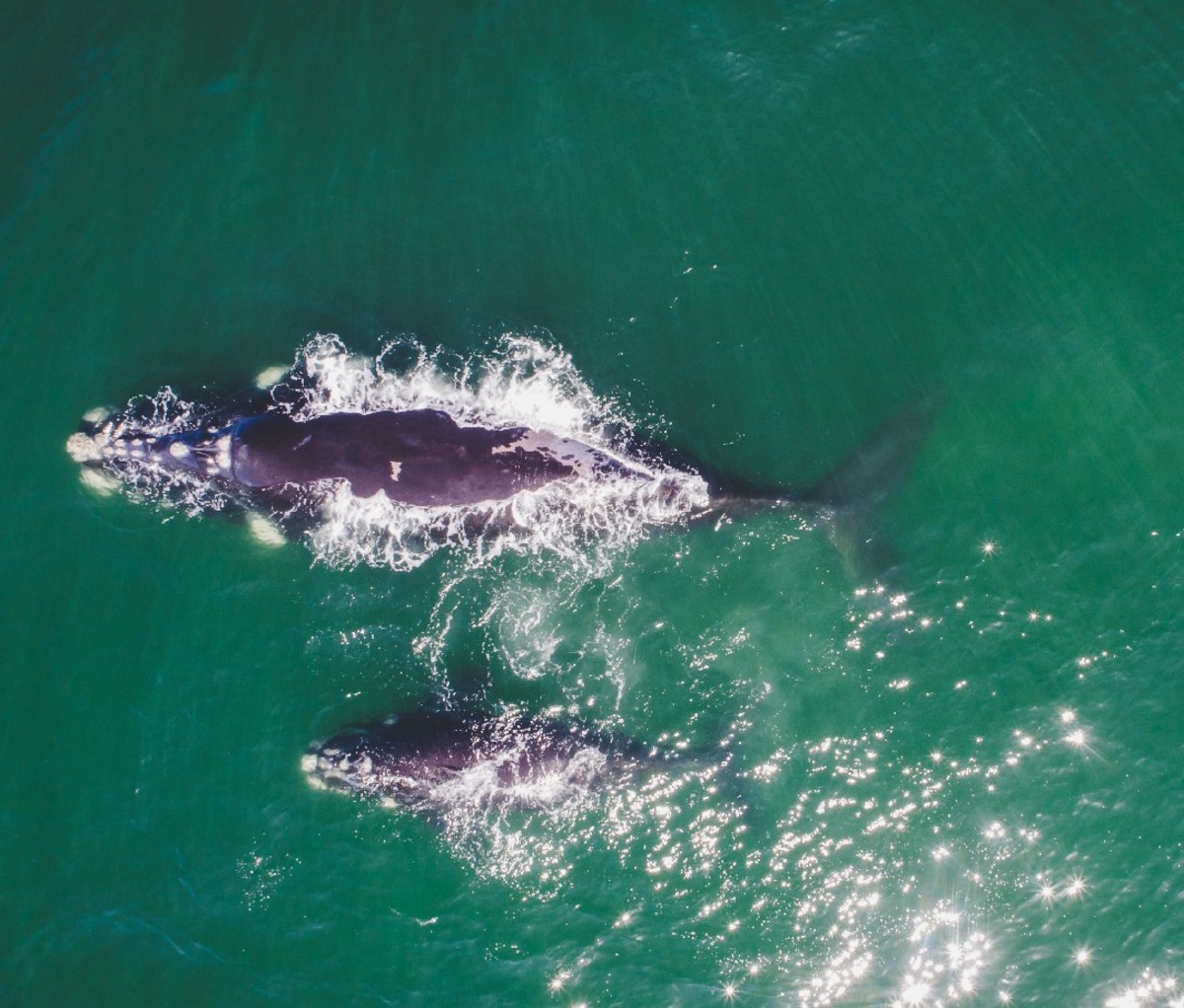
Hermanus and Surrounding Coastline
Finally, consider a stay along the Indian Ocean coastline, situated just two hours east from the city in breezy Hermanus. This area is especially notable for anyone visiting in late September or early October, since that’s when the town’s main draw—whale watching—hits its peak. You can also see southern right whales migrating between June and November, but the spectacle is more common in early spring (U.S. autumn). Check out the Whale House Museum inside the Old Harbour Museum or cast out to sea with Southern Right Charters if you want to view the behemoths up close. Surfing is hit or miss from the town itself—but when it’s a hit, it’s a big one.
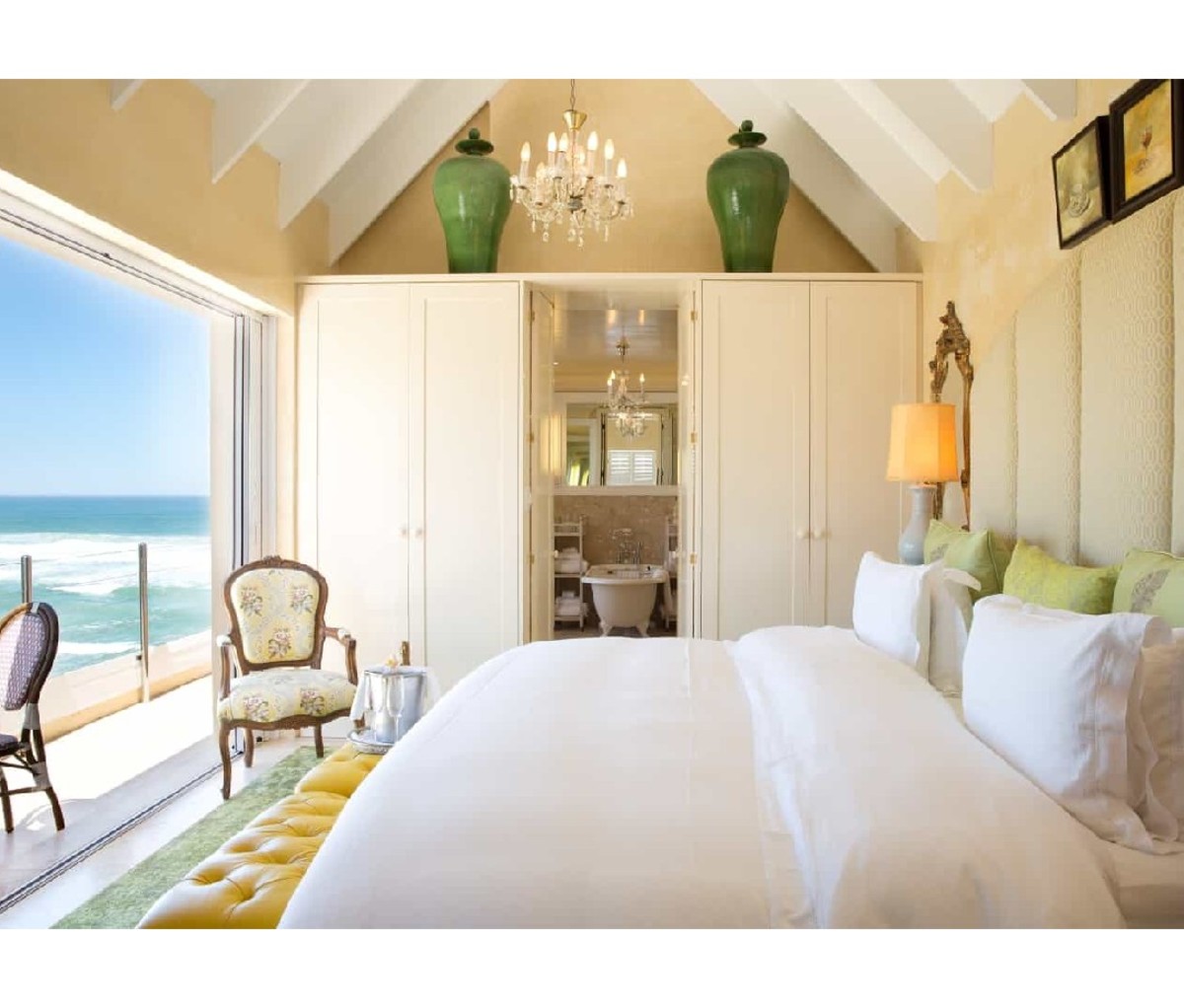
Where to Stay in Hermanus: Birkenhead House
Birkenhead House manages to feel like a seaside cottage despite the fact that it has 11 suites. You can enjoy ocean views from your private balcony, warm up by the shared fireplace, stroll the adjacent Hermanus Cliff Path, indulge in spa treatments as you doze off to the soundtrack of crashing waves, and even participate in local penguin and birding conservation efforts. Pack your chunkiest turtleneck to complement the coziness.
from Men's Journal https://ift.tt/Vfq0y1i



No comments:
Post a Comment